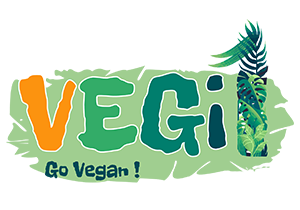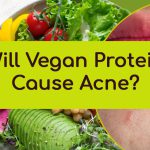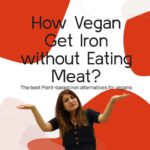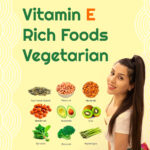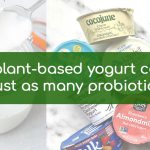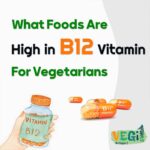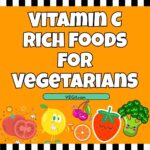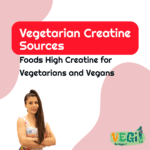How do Vegetarians Get Protein?
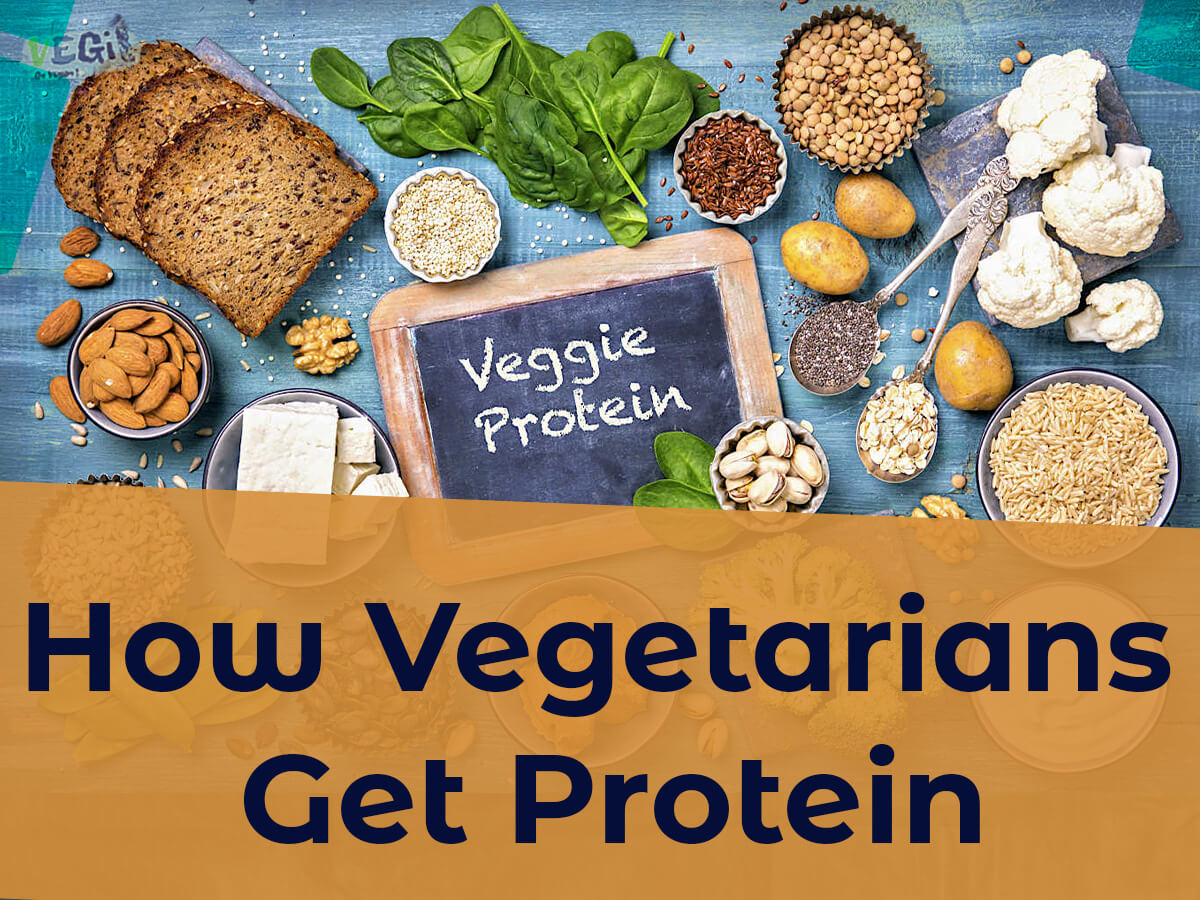
Hey there! So, you’re curious about how vegetarians get their protein. Well, you’ve come to the right place!
Contrary to what some people might think, going meat-free doesn’t mean sacrificing your protein intake.
Plenty of delicious and nutritious plant-based sources can give vegetarians the protein boost they need to stay strong and healthy.
So, whether you’re a seasoned vegetarian or just considering dipping your toes into the veggie pool, let’s explore the wonderful world of vegetarian protein options together.
Get ready to discover some tasty and protein-packed alternatives that will have you saying, “Who needs meat?” in no time!
In this article you will read:
What are Plant-based protein sources?
The good news is that plenty of excellent plant-based protein sources exist for those who choose not to eat meat.
First, we have legumes like beans, lentils, chickpeas, and peas. These little guys are like superheroes when it comes to vegetarian protein.
They’re packed with protein, fiber, vitamins, and minerals. You can make all sorts of yummy dishes with them, like a hearty bean chili or a creamy hummus dip.
Next up, we’ve got tofu and tempeh. Tofu and tempeh are made from soybeans and are super high in protein. Marinate and grill tofu for flavorful skewers, or try crispy tempeh bacon.
Ever heard of quinoa? It’s a grain-like seed that’s one of the proven ways vegetarians get protein.
It has all the essential amino acids your body needs and adds a nice texture to dishes like salads, stir-fries, and veggie burgers.
Quinoa is a winner when it comes to both taste and nutrition.
Which Vegan Foods Are High in Protein?
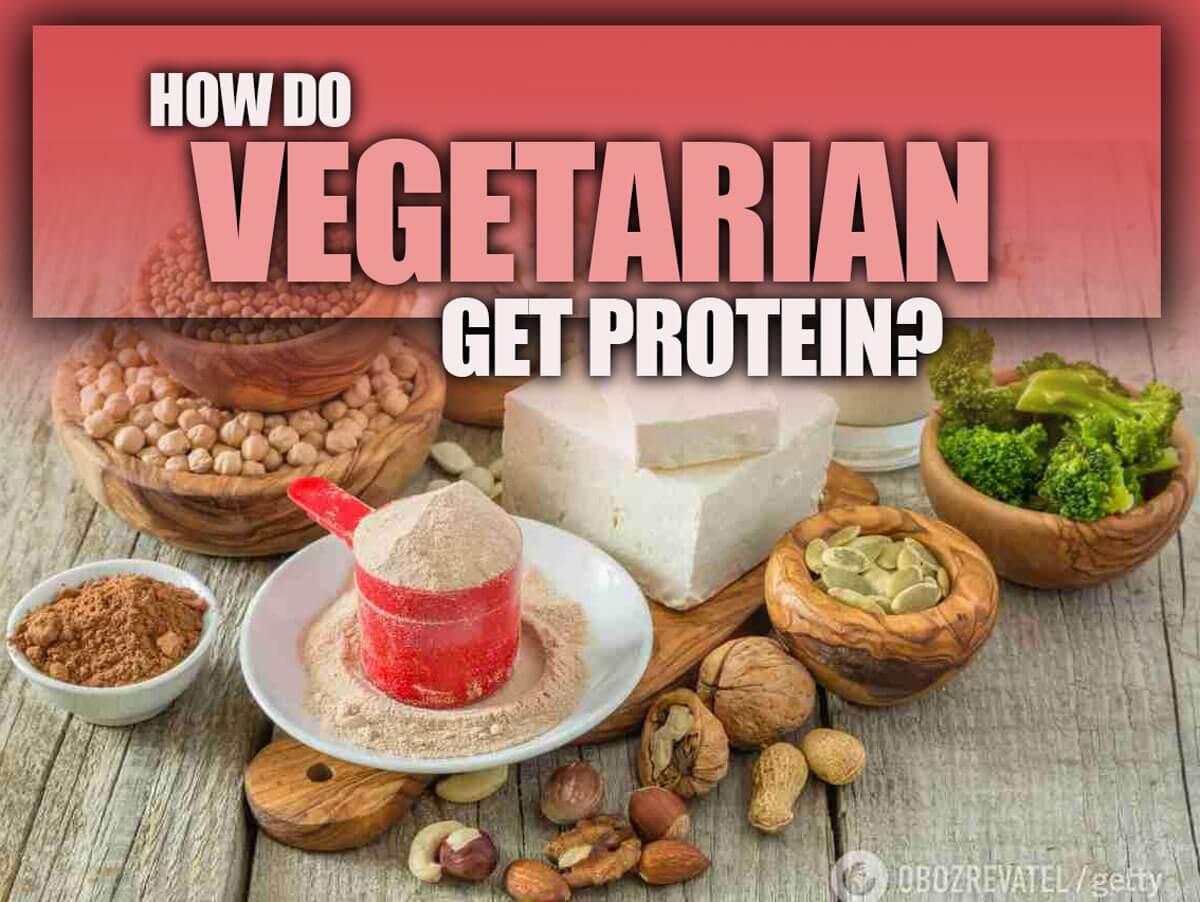
What are complete protein combinations?
So, you might have heard people say that vegetarians must combine different plant-based foods to get all the essential amino acids (the building blocks of protein) they need.
Well, that’s where complete protein combinations come into play!
For vegetarians who rely on plant-based sources, it’s important to know which foods to mix and match to ensure they get a complete protein profile.
Luckily, there are plenty of plant-based foods that are packed with protein. Legumes like beans, lentils, and chickpeas are fantastic sources.
They may not have all the essential amino acids, but they’re low in some and high in others.
So, by combining them with other foods, you can create a complete protein powerhouse.
-
Rice & Beans
Ah, the classic duo! Rice is low in an amino acid called lysine, while beans are high in lysine but lack another amino acid called methionine.
But when you put them together, it’s like a protein party in your mouth! Plus, it’s super versatile, and you can mix and match different types of rice and beans to keep things interesting.
-
Peanut Butter on Whole Wheat Bread
Who doesn’t love a good old PB&J sandwich? Peanut butter is not only tasty but also a great source of protein.
Combine it with whole wheat bread; you’ve got a complete protein combo. It’s a simple, satisfying option for a quick lunch or snack.
-
Hummus & Pita Bread
Hummus, made from chickpeas, is a vegetarian’s best friend. It’s creamy, flavorful, and packed with protein.
Pair it with whole wheat pita bread, and you have a complete protein snack perfect for dipping.
-
Quinoa Salad with Veggies
Quinoa is an amazing grain high in protein and contains all the essential amino acids.
Toss it with various colorful veggies like spinach, bell peppers, tomatoes, and some olive oil dressing, and you’ve got a protein-packed salad that’s both nutritious and delicious.
-
Soy-based products
One of the main reasons soy-based products are where vegetarians get protein is because they are packed with complete proteins.
That means they contain all the essential amino acids your body needs to build and repair tissues. It’s like a protein party in every bite!
Soy milk is a fantastic alternative to cow’s milk, enriched with protein and other nutrients.
You can use it in your morning cereal, blend it in smoothies, or even pour it into your coffee. It’s creamy, delicious and gives you that protein power kick to start your day right.
We also have soy-based meat substitutes like soy burgers, soy sausages, and soy-based deli slices. These tasty treats mimic the texture and flavor of the meat while giving you a protein punch.
They’re perfect for grilling at your next barbecue or adding to your favorite sandwiches. Say goodbye to FOMO (Fear of Missing Out) on that burger fix!
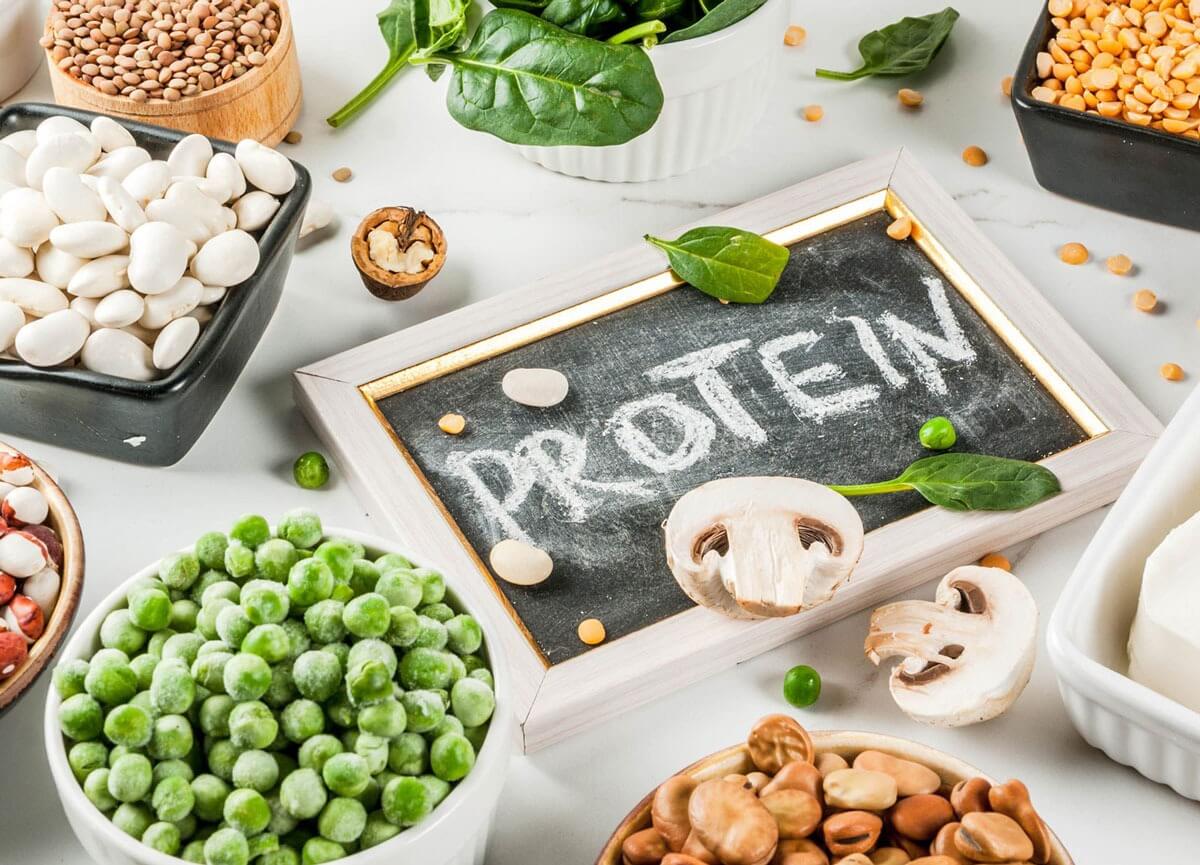
-
Nuts & seeds
Nuts and seeds are like tiny nutritional powerhouses that pack a punch for protein. Not only are they tasty and versatile, but they also offer a wide range of health benefits.
Let’s start with nuts. Whether you’re into almonds, walnuts, cashews, or peanuts, these crunchy delights are excellent protein sources.
Almonds, for example, are rock stars in the protein department. Just a handful of almonds can give you a decent protein boost to keep you energized.
Plus, they’re loaded with heart-healthy fats, fiber, and essential vitamins.
Now, let’s move on to seeds. Chia, flaxseeds, pumpkin, and sunflower seeds are just a few examples of the amazing protein-packed goodies in this category.
Chia seeds, in particular, are pretty incredible. These tiny black or white seeds are packed with protein and are rich in omega-3 fatty acids.
You can sprinkle them on your morning cereal or yogurt or mix them into your smoothies for an added protein boost.
So, as you see, my fellow, nuts, and seeds are some of the most reliable sources for vegetarians to get protein!
- Protein-rich grains
So, you’re curious about how vegetarians can get their protein fix.
Well, you’re in luck because I’ve got the scoop for you! One fantastic way vegetarians can pump up their protein intake is by incorporating protein-rich grains into their diet.
First, we have quinoa. Have you heard of it? This grain is like a rockstar when it comes to protein.
It’s a complete protein source, containing all the essential amino acids your body needs.
Quinoa is super versatile, so you can toss it into salads, stir-fries, or even make a delicious quinoa bowl to satisfy your hunger.
Moving on, we have amaranth, a grain that has been around for centuries. Amaranth is naturally gluten-free and a fantastic source of protein.
You can cook it up like rice or pop it like popcorn for a fun and crunchy snack. Talk about a win-win!
-
Protein supplements
Now, let’s dive into protein supplements and how vegetarians can get their protein fix.
Protein supplements usually come in powders to mix into smoothies and shakes or sprinkle over your morning oats.
They’re incredibly convenient, and they can give your protein intake a little boost.
One of the great plant-based protein options is pea protein. Yes, we’re talking about those little green guys! Pea protein is another complete protein source, and it’s gentle on your tummy too.
It mixes well with liquids and can be a fantastic addition to your post-workout smoothie or a mid-day protein pick-me-up.
Another one is the marvelous hemp protein. No, it won’t make you high—sorry to disappoint!
Hemp protein is made from the hemp plant’s seeds and isis a wonderful plant-based protein source. It has a mild, nutty flavor and packs in all those essential amino acids.
So, how do you incorporate these protein supplements into your vegetarian lifestyle?
Well, it’s pretty straightforward. Add a scoop of your chosen protein powder to your favorite smoothie recipe.
Or, if you’re feeling adventurous, try baking some protein-packed treats, like protein balls or bars, using the powder as an ingredient.
- 5 Best protein powder vegan for people
- Top 5 Vegan Protein Powders for Women: Healthy and Clean Options
- 10 Delicious Plant-Based Protein Shake Alternatives for a Healthy Diet
-
Importance of Variety
Being a vegetarian is awesome. Enjoy all those tasty veggies, fruits, grains, and plant-based goodies.
But when it comes to protein, some people might wonder, “Hey, where do vegetarians get their protein from?”
Well, my friend, let me tell you a secret: Variety is the spice of life, and it’s super important for vegetarians to get their protein fix.
You see, different plant-based foods have different types and amounts of protein.
A wide range of protein sources in your diet ensures you get all the essential amino acids your body needs.
Now, here’s why variety is so important. Each protein source brings its unique set of nutrients to the table.
Mixing them up gives you the protein you need and a wide range of vitamins, minerals, and other good stuff your body craves.
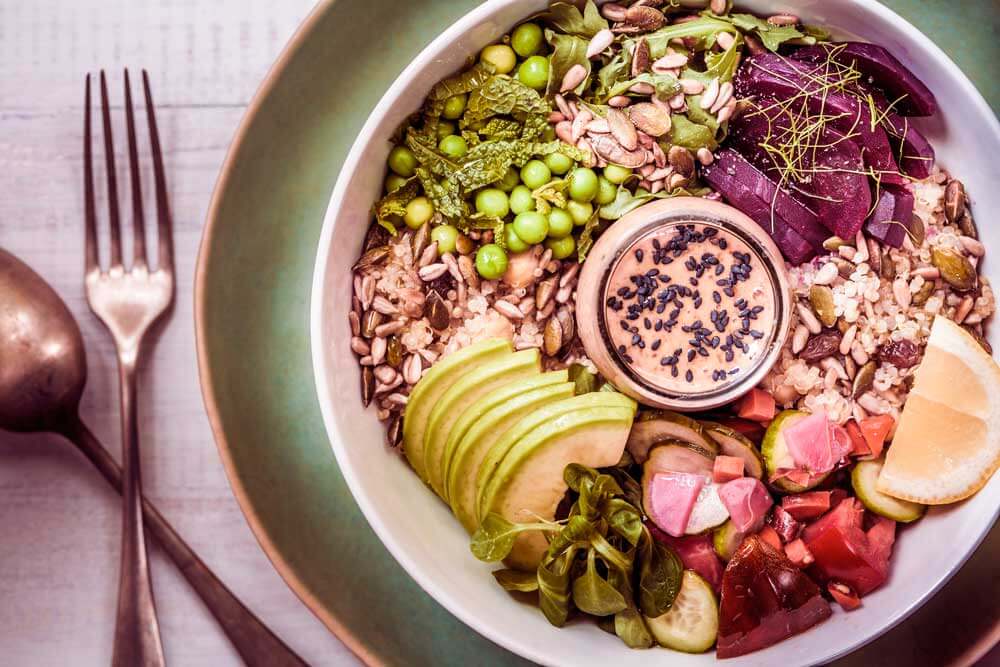
Recipe ideas
Going meat-free means you can take advantage of this essential nutrient. There are plenty of delicious and protein-packed options for all your veggie lovers.
Which Vegan Foods Are High in Protein?
Check them out to see how vegetarians get protein!
-
Chickpea Salad
cooked chickpeas with diced veggies like cucumbers, tomatoes, and bell peppers. Toss it with a tangy vinaigrette and sprinkle some feta cheese on top if you’re into dairy.
It’s a refreshing and filling option that’s great for lunch or as a light dinner.
-
Lentil Curry
Lentils are an amazing source of protein, and curry is always a winner! Cook a flavorful curry using your favorite spices, coconut milk, and lentils.
You can add some veggies like spinach or carrots for an extra boost of nutrients. Serve it with fluffy basmati rice or naan bread for a satisfying, protein-packed meal.
-
Tofu Stir-Fry
Tofu is a classic vegetarian protein option. Slice it up and stir it with colorful vegetables like broccoli, bell peppers, and snow peas.
Add garlic, ginger, and soy sauce for a tasty Asian-inspired flavor. EnjoyEnjoy it alone, or serve it over a quinoa or brown rice bed.
-
Vegan High-Protein Bowl: The Ultimate Plant-Powered Fuel!
- Start with a base of cooked quinoa or brown rice for a hearty foundation.
- Load up on your favorite veggies like roasted sweet potatoes, sautéed kale, and colorful bell peppers.
- Add a generous scoop of protein-rich black beans or chickpeas for that extra boost.
- Sprinkle some toasted nuts or seeds like almonds or pumpkin seeds for a satisfying crunch.
- Drizzle with a zesty homemade dressing made from lemon juice, olive oil, and a dash of your favorite herbs and spices.
- Mix it all together, and voila! You’ve got a nutrient-packed vegan high-protein bowl bursting with flavors and goodness. Enjoy it as a quick lunch or a post-workout refuel.
Final Words
And there you have it, my friend! We’ve reached the end of our journey into vegetarian protein. Hopefully, by now, we realize vegetarians get protein!
Being a vegetarian doesn’t mean sacrificing your protein intake. A whole array of plant-based protein sources is out there waiting to be explored and savored.
Whether you opt for legumes like lentils and chickpeas, indulge in some nutty goodness with almonds and walnuts, or embrace the versatility of tofu and tempeh, the options are endless.
Combining different plant-based foods can create complete protein combinations, like rice and beans or peanut butter on whole wheat bread. Soy-based products, nuts, seeds, and protein-rich grains are also fantastic protein sources for vegetarians. Additionally, protein supplements like pea protein and hemp protein powders can be convenient options to boost your protein intake.
So go forth, my protein-seeking friend, and continue enjoying your vegetarian journey with a smile and a protein-packed plate in front of you. Bon appétit!
Now that you know how vegetarians get protein, it’s time for you to share your thoughts!
Do you have any favorite plant-based protein sources or recipes? Are you considering incorporating more vegetarian options into your diet? Let us know in the comments below.
Let’s continue this protein-filled conversation and inspire each other on our vegetarian journeys.
